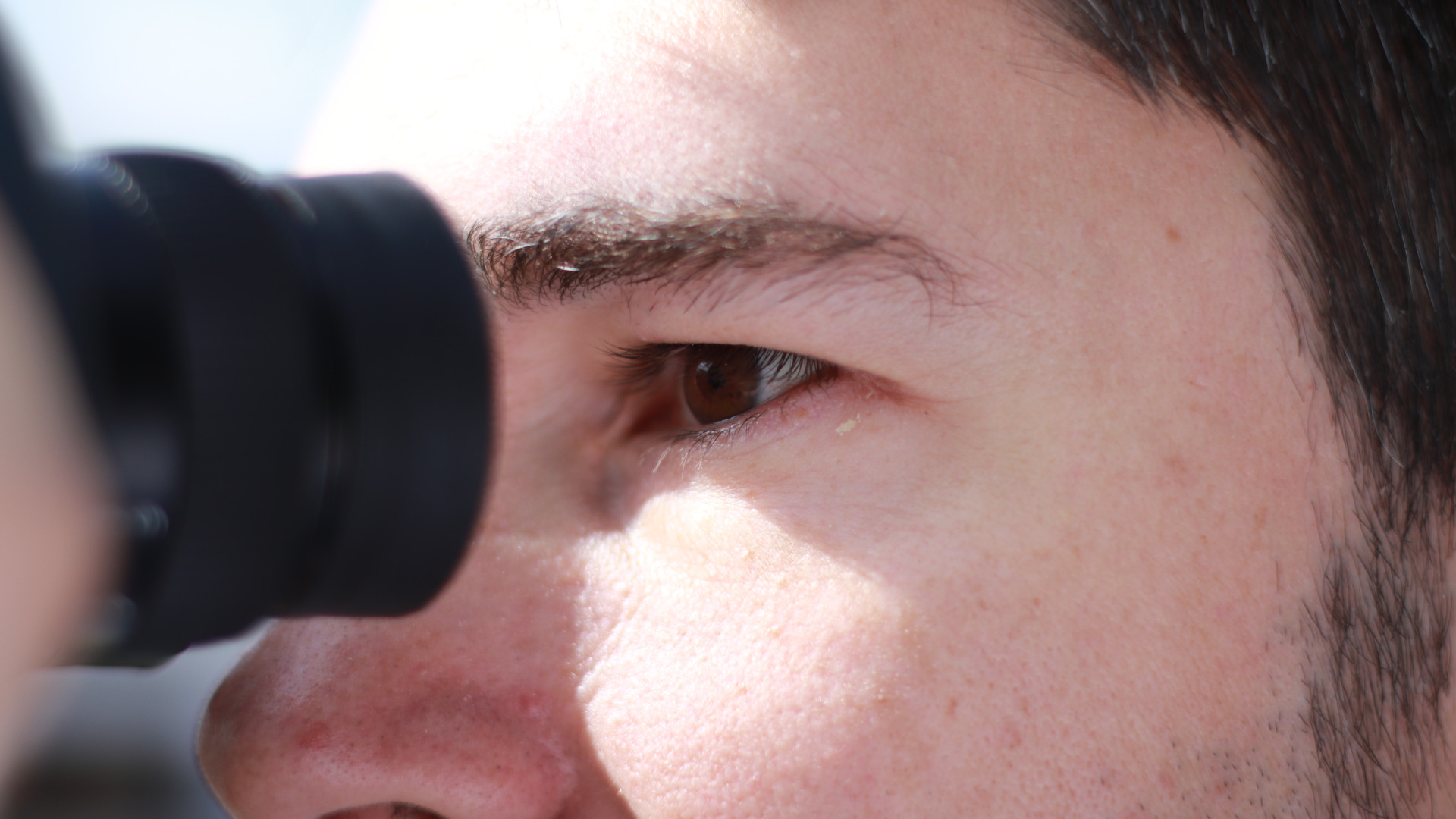Housings and mechanics
The optics must be good: that much is clear! But it’s important to also know what you should pay attention to when it comes to the mechanics.

The optics’ construction is critically important, but sometimes the housing and mechanics are neglected. They are highly significant because if the focusing doesn't work, then you’re not going to get anywhere with your optics.
High standards
The housing should be light, stable and preferably shock-proof. In addition, both binocular tubes should remain exactly parallel, they must not be allowed to tilt out of alignment. Any tilting would inevitably lead to double images.
There are manufacturers who work with very thin aluminium to reduce weight. These binoculars cannot be expected to have a long working life.
However, most manufacturers now manufacture with aluminium die-cast housings, which usually have quite thick walls. This ensures good torsional rigidity, a stable focal position, and stability of adjustment. Meanwhile, there are even magnesium alloy housings (e.g. from Swarovski). This allows lighter binoculars to be produced with the same degree of stability.
Focusing
The focusing mechanism is incorporated into the housing of roof prism binoculars. In most cases, the binoculars have central focusing on the bridge. The knob should be easily accessible. Many high-quality binoculars allow the near and far point of the optics to be focused by a maximum rotation of a half a turn. So a quick hand movement is all you need to focus on any point. Identifying which binoculars have this feature is best done by testing or by consulting a specialist.
Compact binoculars' housing
High-quality binoculars have the advantage that even after years of use, the mechanics’ lubrication does not evaporate or harden. Focusing should always be as smooth as butter.

